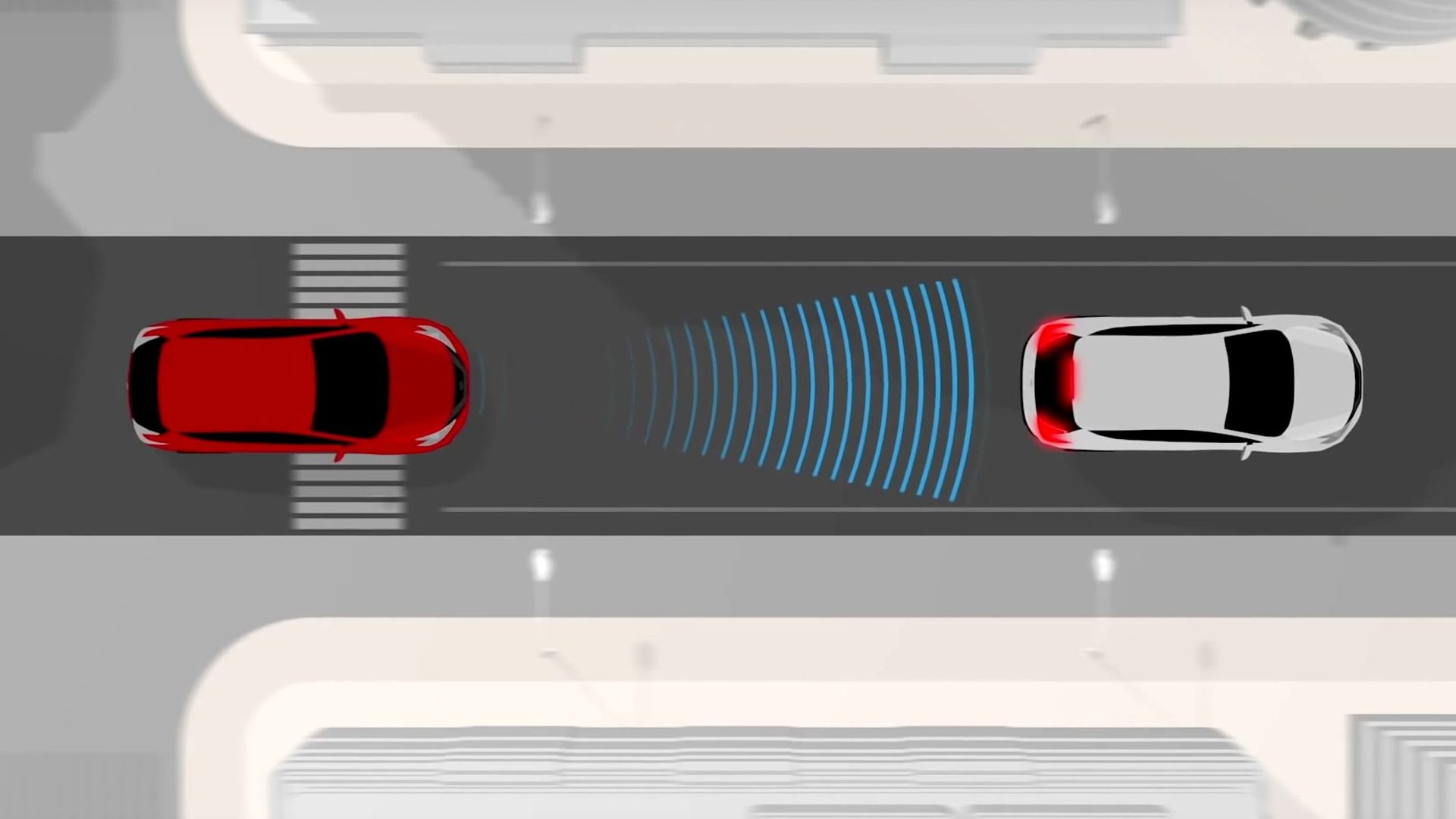In a landmark move projected to reshape road safety, the U.S. government has mandated that all new passenger vehicles will be equipped with advanced automatic emergency braking (AEB) systems within the next five years. This significant development, spearheaded by the National Highway Traffic Safety Administration (NHTSA), is aimed at reducing the alarming number of traffic-related fatalities and injuries, which currently stands at approximately 40,000 deaths annually.

The Urgency of Innovation in Road Safety Measures
Transportation Secretary Pete Buttigieg, addressing the urgency of this initiative, highlighted the ongoing crisis of roadway deaths as a critical issue. “We’re living through a crisis in roadway deaths. So we need to do something about it,” Buttigieg stated. With the introduction of this new regulation, the government is taking its first steps to regulate automated driving functions, which until now have been governed by voluntary agreements with automakers lacking in stringent performance requirements.
The Scope and Impact of the New AEB Standard
The new rule requires vehicles to not only detect imminent collisions with other vehicles but also enhance pedestrian safety, effectively detecting and preventing potential accidents. Vehicles will be required to have the capability to automatically halt to avoid collisions at speeds up to 62 miles per hour, and apply brakes automatically at speeds up to 90 mph under certain conditions.
Moreover, the AEB systems must also be effective at night, a critical enhancement given the high rate of pedestrian fatalities after dark. This comprehensive approach aims to address the variety of scenarios that lead to road accidents, including the often overlooked pedestrian impacts.

Financial Implications and Long-term Benefits
Despite the estimated cost increase of $354 million annually or an average of $82 per vehicle, the benefits are compelling. The NHTSA estimates that the implementation of AEB across all new vehicles will save 362 lives, prevent approximately 24,000 injuries, and save billions in property damage each year. The financial implications are seen as a worthwhile investment in human life and safety. As Buttigieg notes, “Part of how I think we’re going to turn the corner on the unacceptable level of roadway deaths that we just lived with for my entire lifetime is through these kinds of technologies.”
By 2029, new cars sold in the U.S. will be required to come with automatic emergency braking systems. The move is designed to prevent many rear-end and pedestrian collisions.
More: https://t.co/W95LFJFmG5 #MorningInAmerica pic.twitter.com/nlrixz7TT1
— NewsNation (@NewsNation) May 1, 2024
Concerns and Critiques from Safety Advocates
While the initiative has been largely welcomed, some safety advocates argue that the standards do not go far enough. Critics, including Cathy Chase, president of Advocates for Highway and Auto Safety, express concerns over the exclusion of bicyclists and scooter users from the AEB requirements. “The shorter the timeline, the more people are going to be saved,” Chase emphasized, advocating for a more accelerated implementation timeline to maximize safety benefits.

Looking Ahead: A New Era in Vehicle Safety
The shift towards mandatory AEB systems represents a pivotal change in vehicle safety standards, one that could set a precedent worldwide. With the U.S. leading the way, the hope is that other nations will follow, adopting similar measures to protect their citizens on the roads. As technology continues to evolve, the integration of advanced safety systems in vehicles promises not only to save lives but also to redefine our roadways as safer spaces for everyone.
In conclusion, this new regulation marks a critical step forward in the journey towards safer driving experiences in the U.S., demonstrating a significant commitment by the government to leverage technology for public safety. As we look towards a future with fewer road fatalities and injuries, it is clear that technology will play an integral role in shaping safer travel for all.


